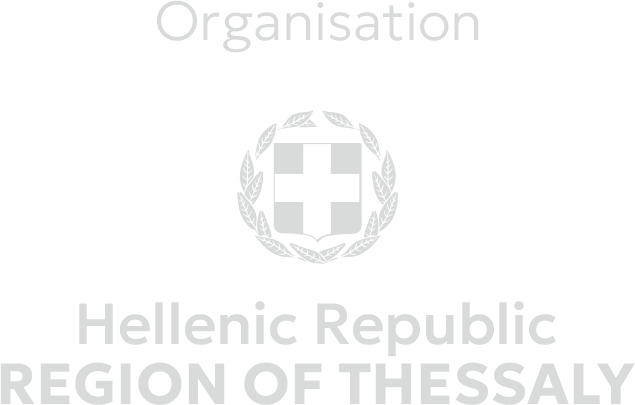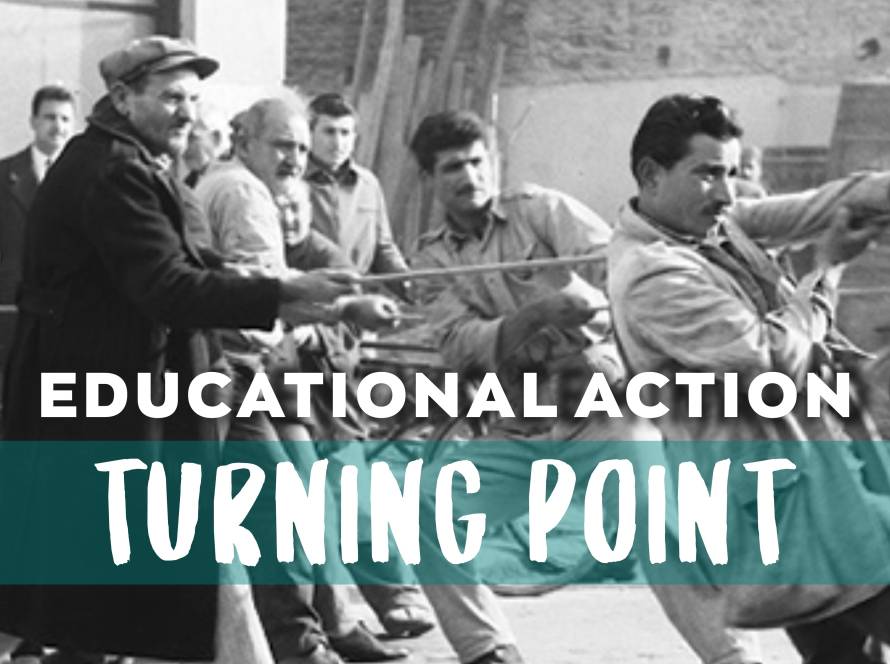In today’s world, where images dominate not just the arts but also everyday communication, visual literacy is no longer optional — it’s essential. Photographic imagery has become a primary tool for exchanging ideas and emotions, especially among younger generations. From social media to messaging platforms, communication now takes place primarily through images. The visual has become a universal language — a shared global mode of expression.
Our educational approach
The support and promotion of the idea of photographic and visual literacy should start from the lower educational levels and be gradually integrated into the creative activities of children. With repeated seminars inside and outside the classroom, either during the lesson or during visits to relevant museums with external speakers, Tloupas PATH aims to open the horizons of children beyond their photographic literacy, which will be the typical subject of all these educational meetings. The way in which photographic images are discussed increases the perception of dialogue in children, broadening their visual literacy, so that they can understand the “language of images”. It is an educational approach that looks not simply at the “criticism” of images, but also at the process of exposing children to public viewing with courage and confidence, and allowing them to develop ideas about images and meanings from an early age based on their personal photographic choices and opinions.


Both in the classrooms and in outdoor spaces where the students will visit, there may be a screening of photographic images (including those by Takis Tloupas) and a discussion on how children perceive and how they should decode the meaning of a photograph. The workshops will be repeated for a period of 8-10 weeks (depending on the total number of hours dedicated to photography).

At the end of the educational process, a specific photographic exercise will be requested on the specific thematic cycle of the year. The photographs produced by the children will be discussed and the exchange of views will be cultivated. The aim is for the resulting material to be exhibited at school, as well as together with other photographic exhibitions in a separate program and space.
Schools participating in the program will be rewarded by the Region with some type of offer.



